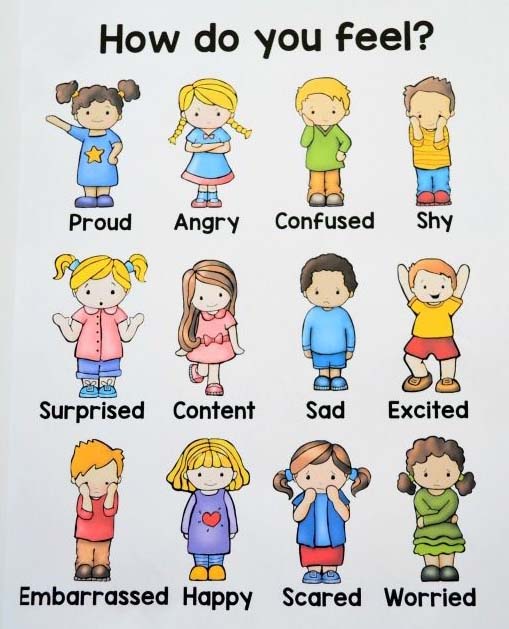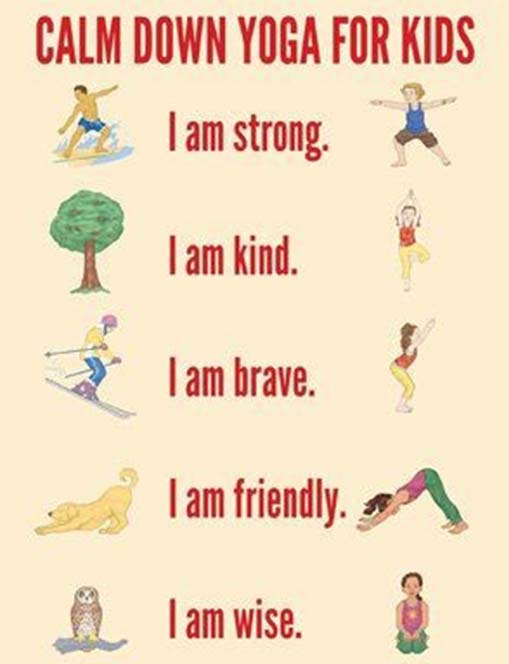While grown-ups expect at least an hour-long asana sequence, 60 minutes of nonstop direction-following is a lot to ask of little yogis.
“Wise Yogi Says,” “Yoga Pictionary,” and “Warrior Freeze Tag” be added to repertoire, and understand more about age-appropriate sequencing, child development, and positive communication, too.
Skillful Sequencing Is Key
When yoga teachers create lesson plans specifically for children, they need to consider more than just appropriate poses taught in a sensible order. Opening with a seated centering may work well for adult practitioners, but kids often need a warm-up game to get their wiggles out first. And while grown-ups expect at least an hour-long asana sequence, 60 minutes of nonstop direction-following is a lot to ask of little yogis. To keep kids engaged, break up pose sequences with relevant games, stories, and songs. “Yogi Says” (Sunita Says with asanas) is a fun way for kids to review poses they’ve learned and gives them each a chance to shine as the “teacher.” For story time, choose an engaging myth from the yoga tradition that you can tie into your class theme and asana instructions (Swing your arms like Ganesha swinging his trunk, or stretch through your legs courageously like the warrior Virabhadra.)
Partner poses offer another great way to mix things up. Not only does working with a friend keep class interesting, it encourages cooperation and builds problem-solving skills. You don’t have to get too fancy—a side-to-side tree pose or back-to-back easy seated pose is usually enough to keep things interesting. I recommend explaining and demonstrating partner poses prior to asking the kids to pair up; this cuts down the chitchat and keeps the focus on the practice.
Children Are Not Mini-Adults
Nourish imagination, ask for students’ insights, and then genuinely listen to what they have to say.
Just as little bodies and brains differ from the grown-up variety, kids’ reasons for coming to yoga class may differ, too. Most adults in yoga class want to be there; with children, that’s not always (or even usually) the case. They might show up because their parents heard yoga improves academic performance, or because their parents want them to get more exercise. Or maybe they just need a place to hang out after school.
Keep in mind that kids sometimes come to class tired, hungry, or fretting over their homework. If you notice a student grumbling through your warrior sequence or making faces during story time, be compassionate. If someone is having a tough time, find something positive to highlight about her practice. I once had a little boy in class who absolutely had to announce his displeasure with every pose or activity. When it came time for bhramari (bumble bee breath) he took it upon himself to make the most annoyingly nasal sound he could muster. What he didn’t realize is that bhramari is supposed to sound really nasally. So I took this as an opportunity to point out to the class that he was doing the pranayama absolutely right, and asked him to come to the front of the room and demonstrate (which he proudly did). The other students then attempted to make sounds that were just as adenoidal, and the little boy happily participated for the rest of the class.
The Importance of Play
If anything, teaching yoga for children has reminded me not to take myself so seriously. Sure, this yoga stuff is important, but not at the expense of playtime (or, as the great Mister Rogers once called it, “the work of childhood”). While you should establish a certain amount of structure and routine, you also need to allow plenty of time for creative expression. Nourish imagination, ask for students’ insights, and then genuinely listen to what they have to say.
While my first day on the kids’ yoga circuit had its challenges, I grew to love teaching children yoga. Why? Because kids have just as much to teach us adults as we have to teach them. They remind us that practice should be fun, and their innate inquisitiveness, creativity, and unbounded energy inspire us to adopt a greater sense of playfulness in our own practice.
Tips for Teaching to Children
Even experienced instructors find teaching pint-sized practitioners daunting sometimes. After all, most preschoolers won’t grasp the complexities of the psoas muscle, and elementary schoolers don’t much care about tantric cosmology. However, following a few simple rules of thumb will help you teach a fun and engaging kids’ class.
- Create a lesson plan (but be ready to change things up). Arriving prepared with a theme, pose list, and complementary games and stories (as opposed to, “So…what do you guys want to do today?”) sends the message that yoga class is not a free-for-all. But don’t be too rigid. Gauge the energy of the room. If the kiddos are antsy, skip the story and go right into a warm-up game.
- Curb your “good jobbing.” While positive feedback is important, “good job” loses all meaning if you utter it after every asana. Cut back on open-ended affirmations and offer specific feedback instead—as in “Wow, Ava, your back leg is super-straight and strong!”
- Ease up on alignment. Are they safe? Are they having fun? Great! No need to be picky. Your aim is to give kids a positive experience of yoga, not to ensure that everyone’s front leg is at a perfect 90-degree angle in warrior II.
- Don’t shy away from Sanskrit (entirely). For clarity’s sake, you’ll usually want to call poses by names that are found in the children’s native language, but learning one or two Sanskrit words each class can be empowering for kids.
- Identify children according to the personality to input personality appropriate teaching skills.
- Sign up for Yoga Teacher Training on weekends at Gems Of Yoga.










